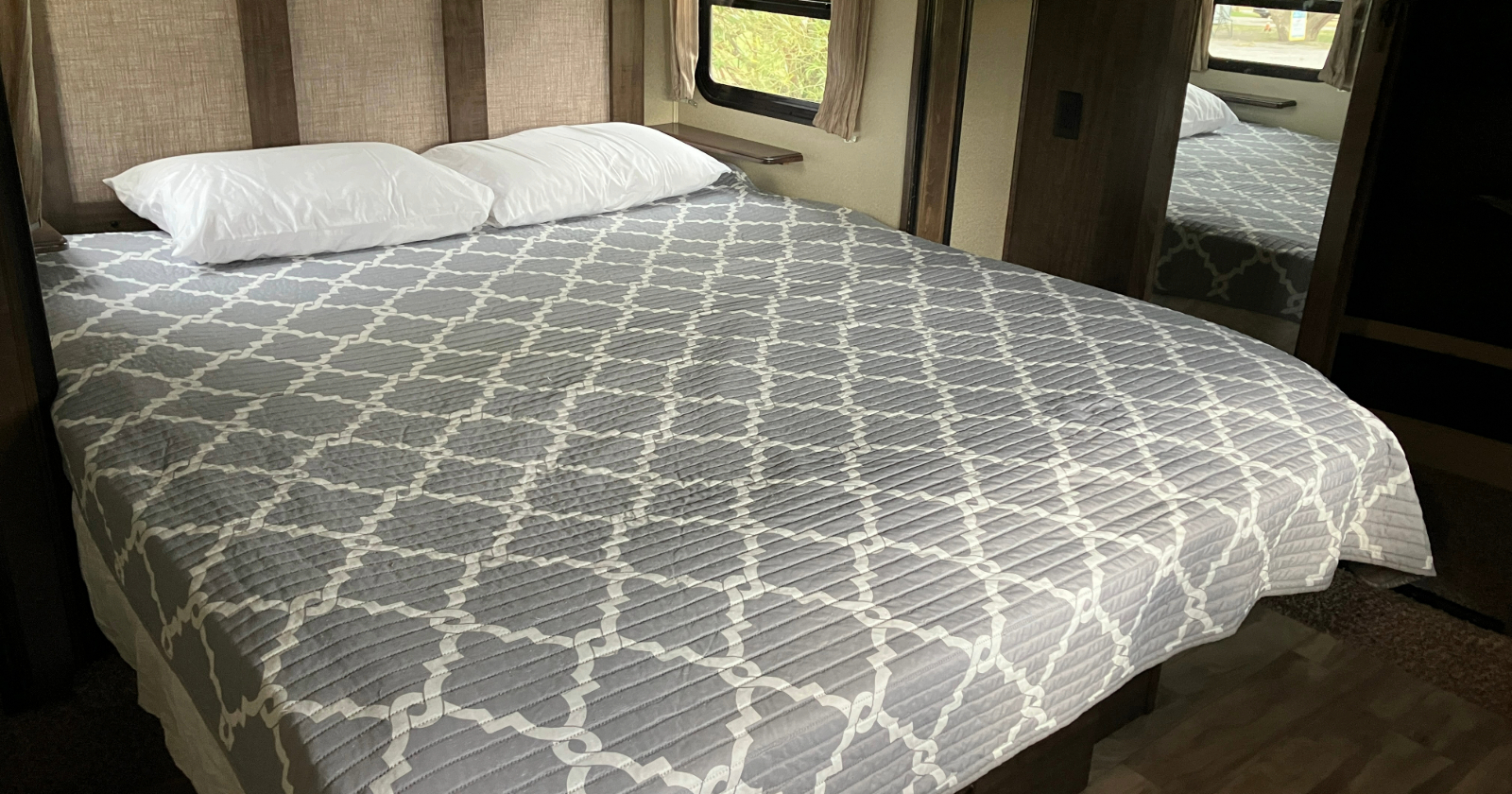Dear Mike,
Given the current state of many campgrounds being closed due to COVID-19, I’m probably going to need to mothball my RV trailer for the summer season. Is there anything I should be doing to prevent damage to the batteries? Last year I ended up replacing a pair of 6-volt Trojan batteries that were only 2 years old. They just wouldn’t hold a charge anymore, and I hardly used them last season and just unplugged the RV for the winter. When I checked them last month there were dead. I would like to avoid the same mistake this season since I’ve just replaced the batteries and they’re not cheap. Any suggestions? – Raymond
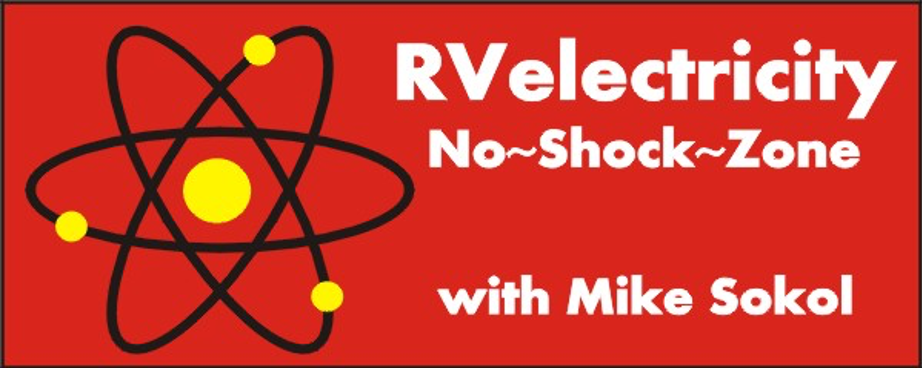
Dear Raymond,
Yeah, we’re all in the same boat with this COVID-19 pandemic, aren’t we? And you’re not the first reader to ask a question about long-term storage of their RV this season. While some RVers will bring their batteries inside their garage for the winter (or in this case, the summer), there can be problems doing that since batteries are very heavy, and if you accidentally hook them up backward during reinstallation there will likely be a lot more damage to your RV than just dead batteries.
You can not only fry your RV’s electrical system, but you can fry yourself if you’re not careful. Even though it’s “only” 12-volts, there’s many hundreds of amperes of current available which can do really bad things, like weld your wedding ring to the wrench with your finger still in it. So approach any 12-volt battery connections with a lot of caution.
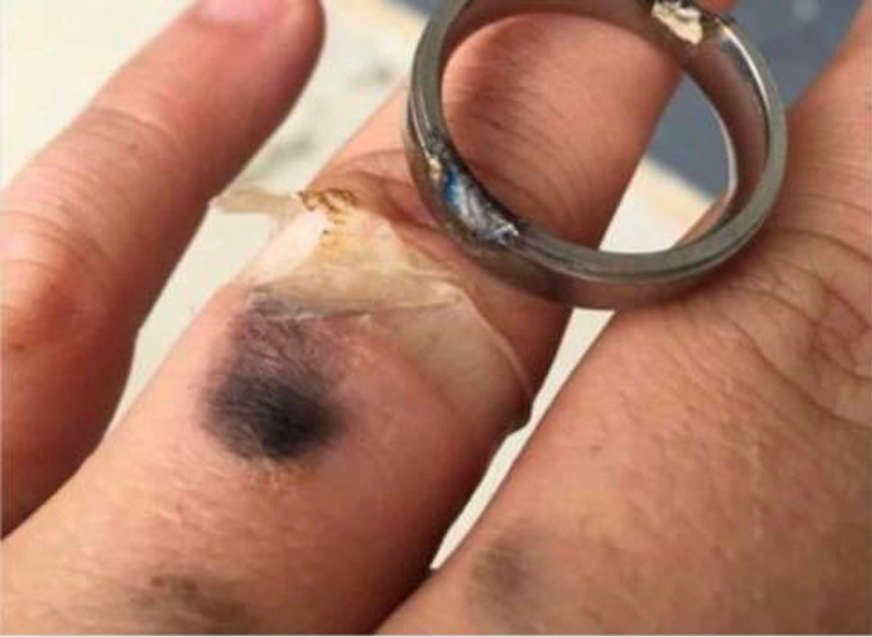
While you might be tempted to just plug your RV into an extension cord and let the converter/charger take care of your batteries, that may not work out well at times.
That’s because earlier battery chargers had only 2-stages. That is, they had only two levels of charging, fast-charge and trickle charge. Fast charge can typically pump in between 40 and 80 amperes of current into the batteries, which is great for charging up your batteries quickly but would overcharge them rather quickly if left in that mode.
So all RV converter/chargers have at least a second trickle stage as well. Sometimes called Maintaining mode, it reduces the charging current to a trickle (get it, trickle charger?) of maybe 2 amps or so. And that’s fine for a few days or even weeks of being left on the charger.
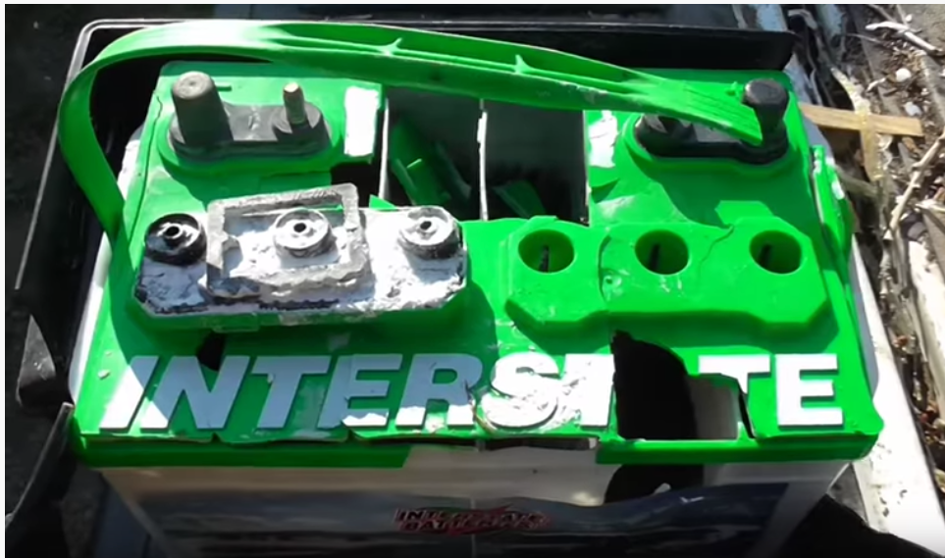
But what happens if you leave that charger running unattended for months on end, especially in an RV that’s sitting in the hot sun? Well, it tends to boil the electrolyte (water and acid) out of the batteries’ vent holes and maybe even blow up. And yes, that’s as bad as it sounds.
Not only does it destroy the battery plates, it is indeed sulphuric acid boiling out of the battery vent holes which will eat away everything metal including the connecting cables and the metal box the batteries are likely mounted in. Yes, that’s also a very expensive repair.
So is it any better to simply disconnect the RV house batteries entirely and hope for the best? Well, you will want to have (or add) a battery disconnect switch since there’s so many parasitic currents in an RV due to all of its various electronic gadgets.
Without disconnecting your batteries from the RV’s electrical system, in a month or so the batteries can be drained completely, which shortens their lifespan considerably. Perhaps that’s what happened to your first set of batteries if you didn’t charge them at all over the winter.
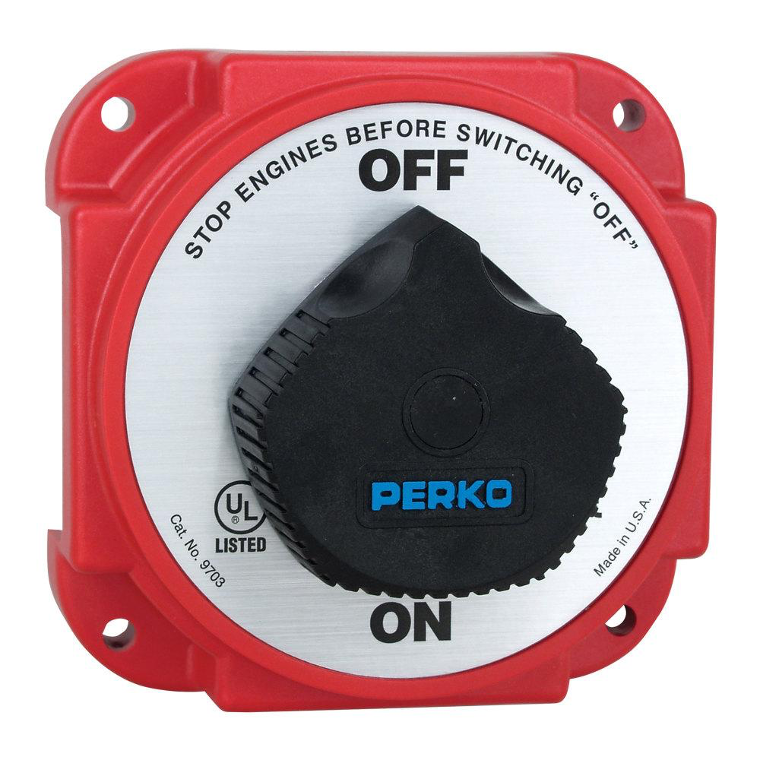
What’s an RV owner to do? Well, if you have one of the latest 3-stage converter/chargers it should include a “float” or “maintenance” or “tender” mode. That special mode constantly monitors the batteries’ state of charge and charges it with just enough current to keep the cells at full charge without over-charging it (and boiling out the electrolyte) or undercharging it (and killing its life).
However, all charger maintenance modes aren’t the same, so unless you can verify that your converter has the latest technology, it’s probably best to simply buy an external battery maintenance charger and just connect it across the battery terminals directly.
And in that case, it’s best to turn the battery disconnect switch to the OFF position (assuming you have one). That way no large parasitic currents can drain the batteries and kill them.
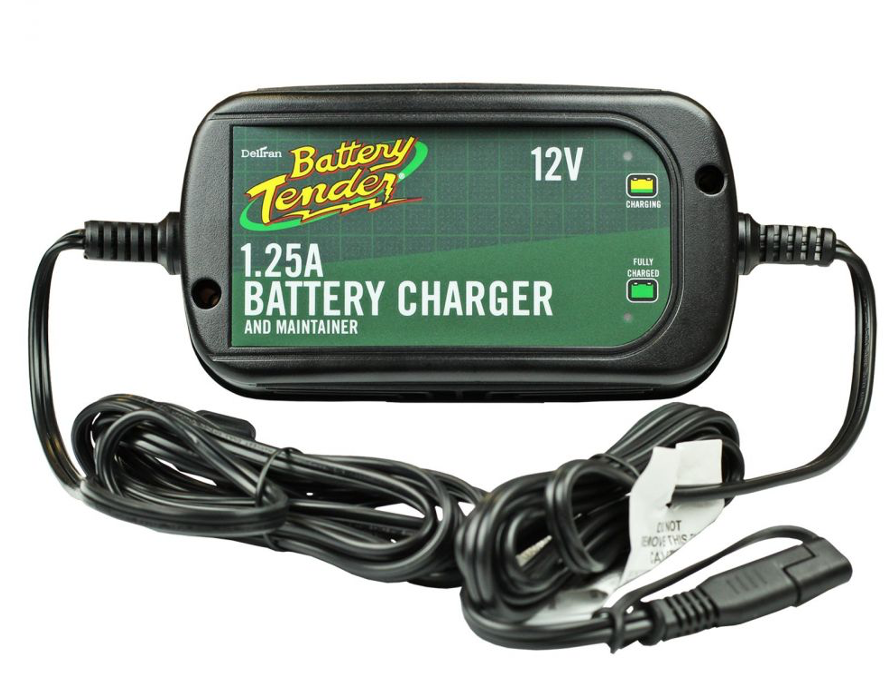
For an external battery maintenance charger, I recommend something like this unit from Battery Tender available on Amazon.
Even if you have two 6-volt batteries connected in series to make 12 volts, you just need one Battery Tender connected across the red and black 12-volt connections as I’ve illustrated in this diagram.
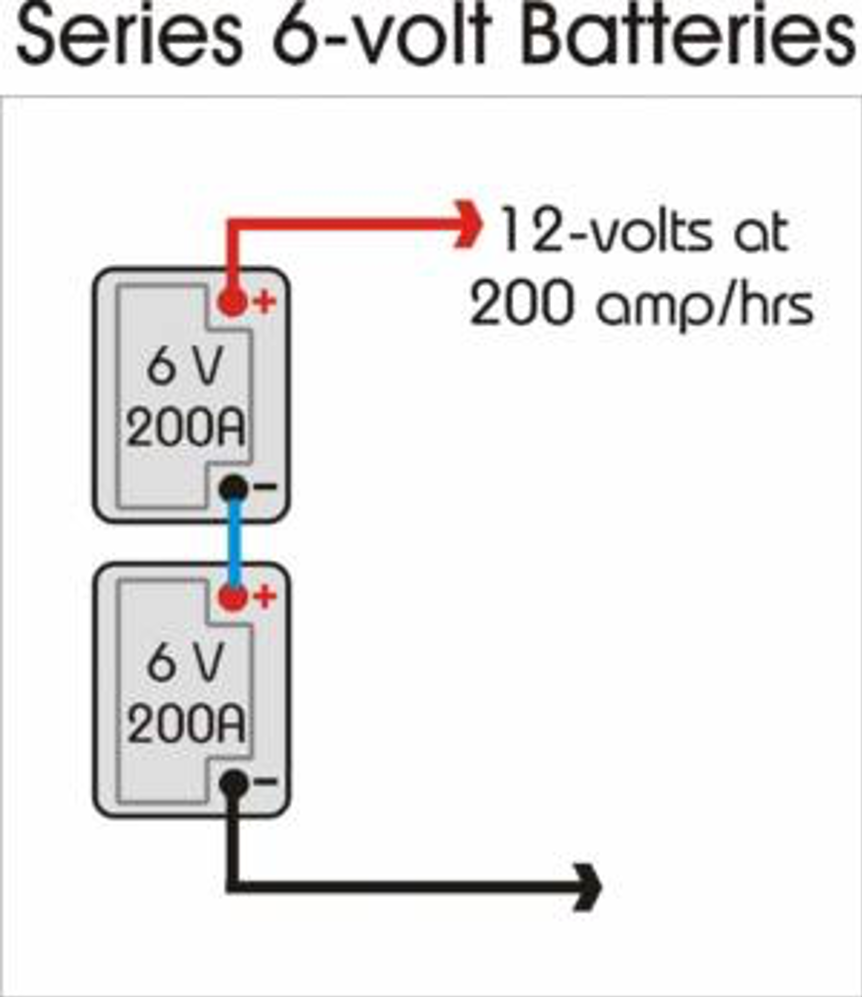
Or if you can confirm that your charger/converter is 3-stage with a true maintenance/tender mode, you’ll then need to leave the battery switch in the ON position so the charger is connected to the battery and will keep it properly float charged. That way your batteries will always be properly charged and ready to go when you are.
And because I don’t trust technology, I would still make it a habit to check the water level in your flooded-cell batteries at least once a month. That way if something is going wrong you can recover from the fail without a costly battery replacement.
I hope this answers your questions about battery storage. And hopefully we’ll all be able to get back out on the road soon.
Let’s play safe out there. – Mike Sokol
Want more expert advice? Be sure to join Mike for his new YouTube Seminars. Subscribe to the RVelectricity YouTube channel today so you will be ready for Mike’s free series, starting soon. You can also visit Mike on his home page, RVelectricity.com.


